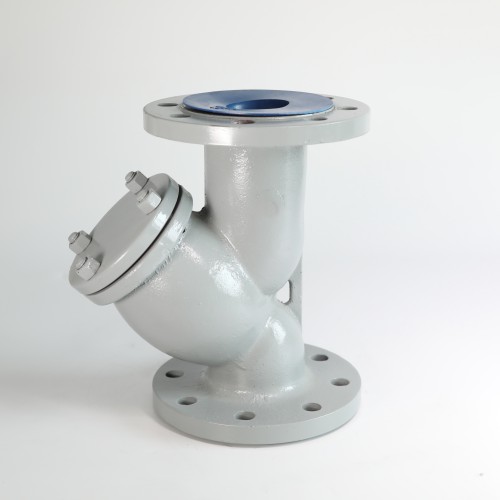Gas Control Valves for Efficient Flow Management and Safety Systems
An Overview of Gas Gate Valves Functionality and Applications
Gas gate valves are essential components in various industrial applications, particularly those involving the flow control of gases. These valves play a crucial role in ensuring the safe and efficient operation of systems used for gas transportation, distribution, and processing. This article will delve into the functionality, types, and applications of gas gate valves, highlighting their significance in modern industrial operations.
Understanding Gas Gate Valves
At their core, gas gate valves are designed to start or stop the flow of gas in a pipeline. They operate based on a simple yet effective mechanism where a rectangular or wedge-shaped metal gate is raised or lowered by a handwheel or actuator. When the valve is fully open, the gate is entirely raised, allowing gas to flow freely. Conversely, when it is closed, the gate descends to create a tight seal, preventing any gas from passing through.
One of the primary advantages of gas gate valves is their ability to provide a straight-through flow path, which minimizes pressure drops and turbulence. This design enhances the efficiency of gas transport systems, making them ideal for applications that handle high volumes of gas, such as in oil and gas industries.
Types of Gas Gate Valves
Gas gate valves can be classified into several types based on their design, operation, and application
. Some common types include1. Wedge Gate Valves The most commonly used type, featuring a wedge-shaped gate that allows for a tight seal, preventing leaks. These valves can be operated manually or with automation.
2. Parallel Gate Valves Instead of a wedge, these valves use parallel blades to create a sealing surface. They offer a more uniform sealing surface and are often used in high-pressure applications.
3. Rising Stem Gate Valves In this design, the stem rises and falls along with the gate as the valve operates. They provide a visual indication of the valve's open or closed status, making them user-friendly.
gas gate valves

4. Non-Rising Stem Gate Valves This type does not rise above the valve body during operation. They are ideal in applications with limited vertical space.
Applications of Gas Gate Valves
Gas gate valves are employed in numerous sectors, including
- Oil and Gas Industry They are crucial in upstream and downstream operations, regulating the flow of natural gas and other hydrocarbons. Gate valves ensure safe shutoff in pipelines and prevent potential leaks during maintenance operations.
- Power Generation In power plants, gas gate valves control the flow of fuel gases for combustion processes, playing a vital role in efficiency and safety.
- Chemical Processing Gas gate valves are used to manage the transport of gases in chemical plants, where precise control over the gas flow is necessary for reactions and safety.
- HVAC Systems In heating, ventilation, and air conditioning systems, gate valves regulate the flow of various gases, contributing to energy efficiency and safety.
Conclusion
Gas gate valves are fundamental components in the infrastructure of industries that require the handling of gas. Their straightforward operation, coupled with reliability and efficiency, makes them indispensable in a variety of applications. Understanding the types and functions of gas gate valves can assist engineers and operators in selecting the right valve for specific applications, ensuring safe and optimal performance in gas management systems. As industries continue to evolve, the role of gas gate valves will remain crucial in fostering safe and efficient energy processes.
-
The Key to Fluid Control: Exploring the Advantages of Ball Valves in Industrial SystemsNewsJul.09,2025
-
The Versatile World of 1, 2, and 3 Piece Ball ValvesNewsJul.09,2025
-
Stainless Steel Ball Valves: The Ideal Choice for Efficient Flow ControlNewsJul.09,2025
-
Optimizing Fluid Control with Ball Float ValvesNewsJul.09,2025
-
Manual Gate Valves: Essential for Control and EfficiencyNewsJul.09,2025
-
Everything You Need to Know About Butterfly ValvesNewsJul.09,2025
-
The Versatility of Wafer Type Butterfly ValvesNewsJul.08,2025




